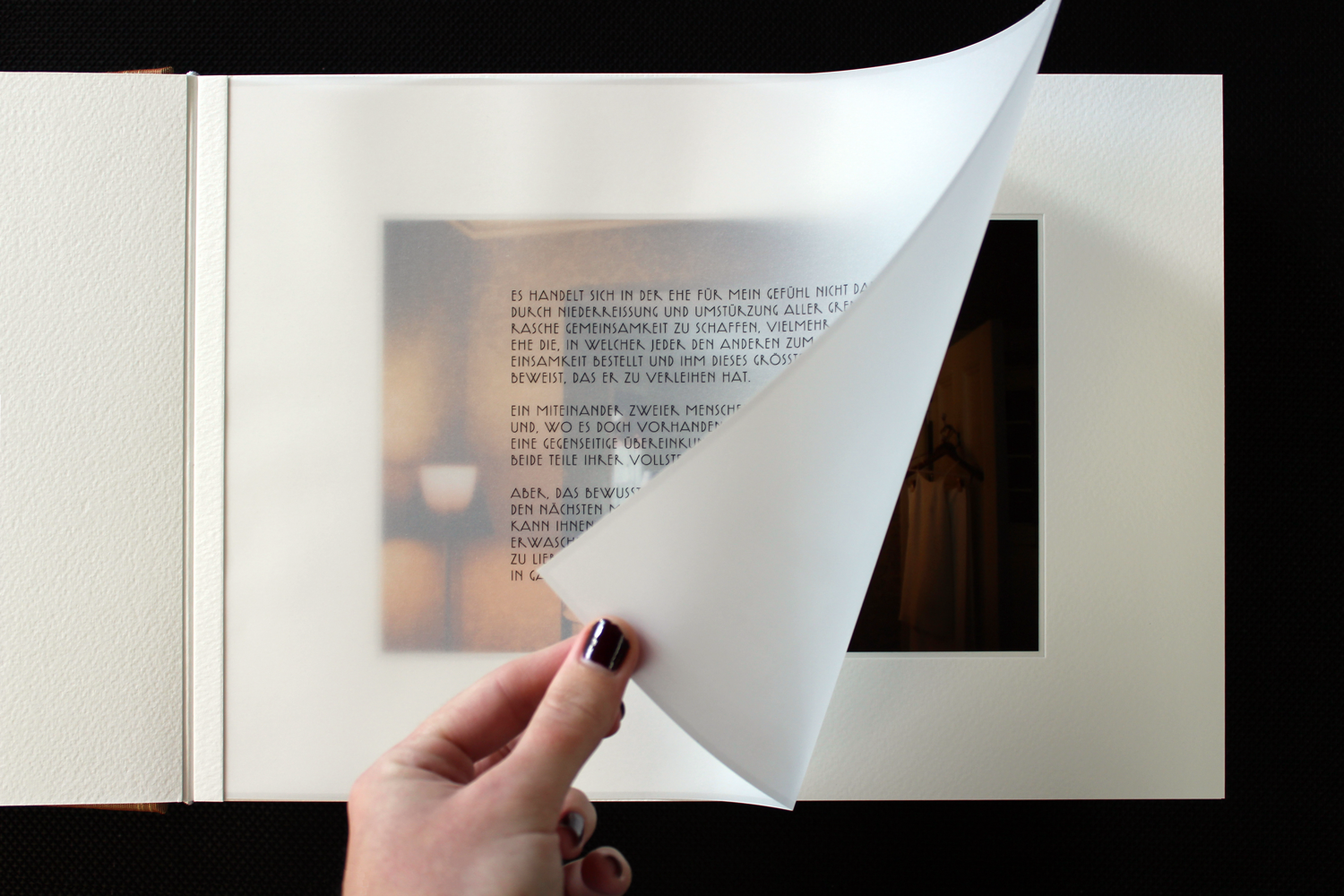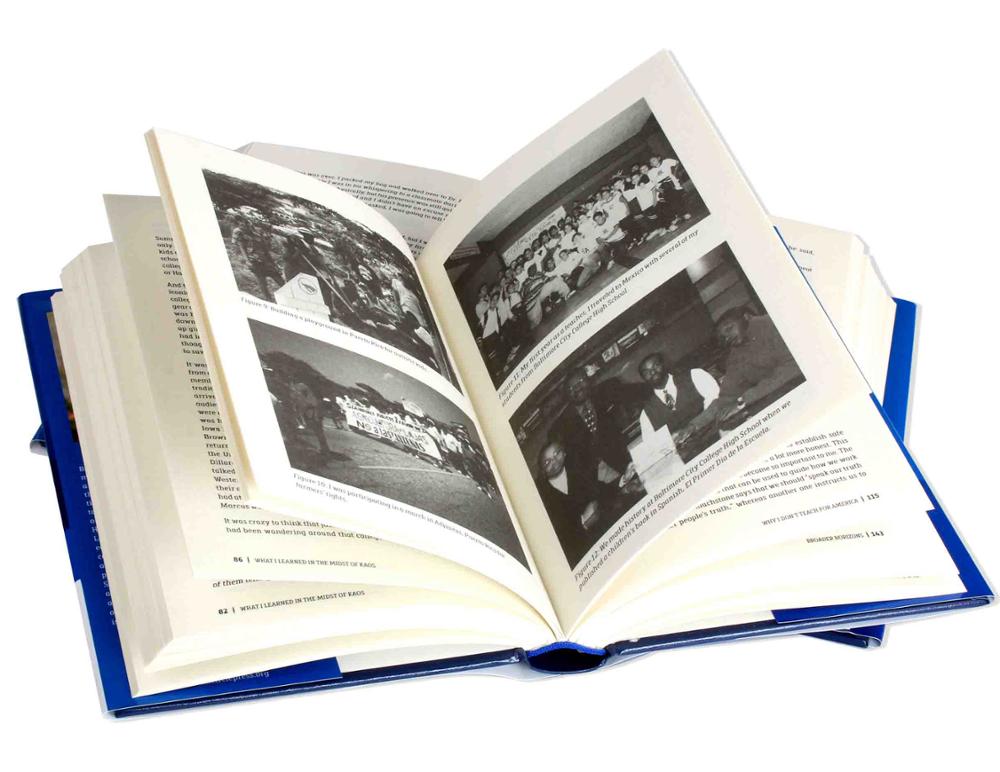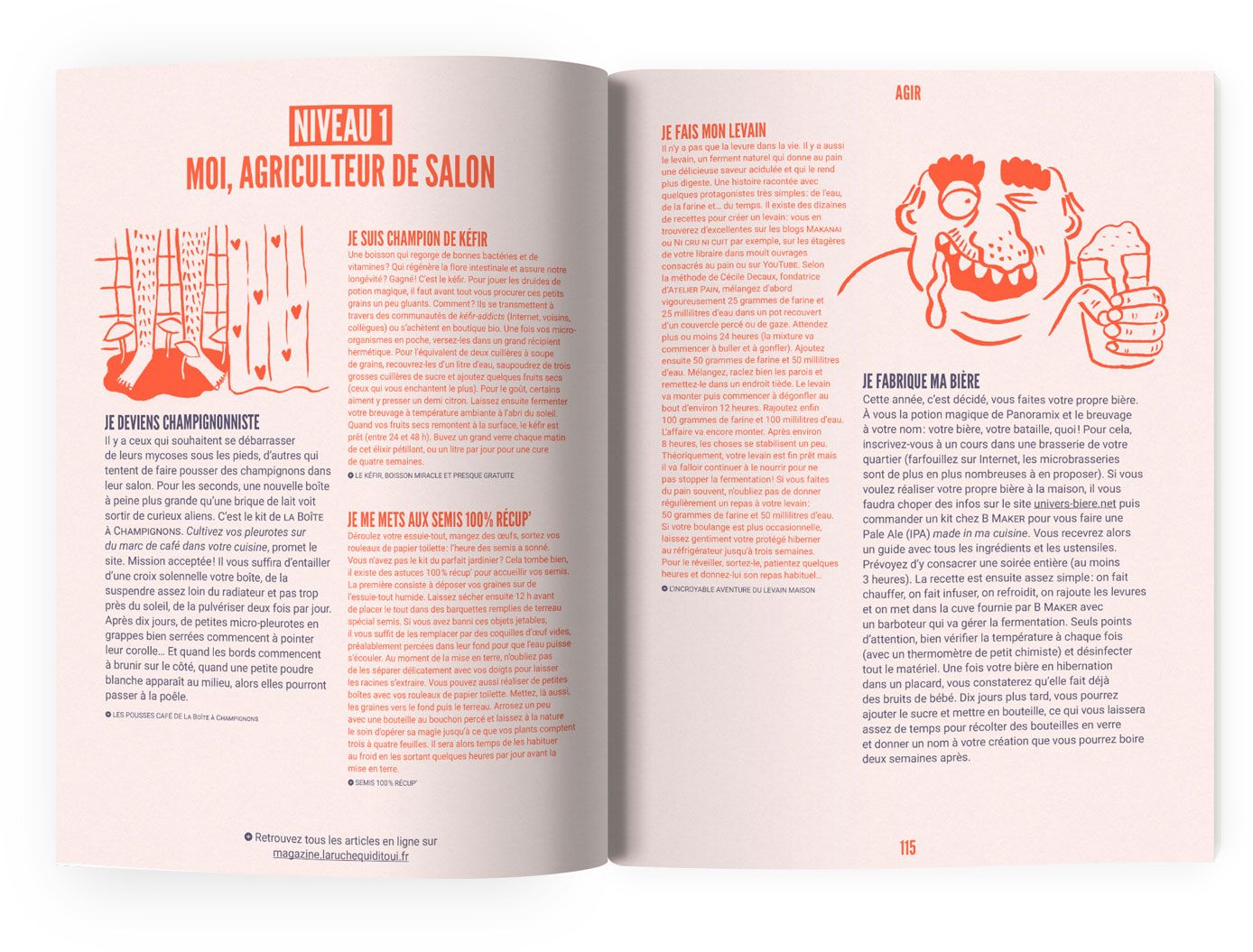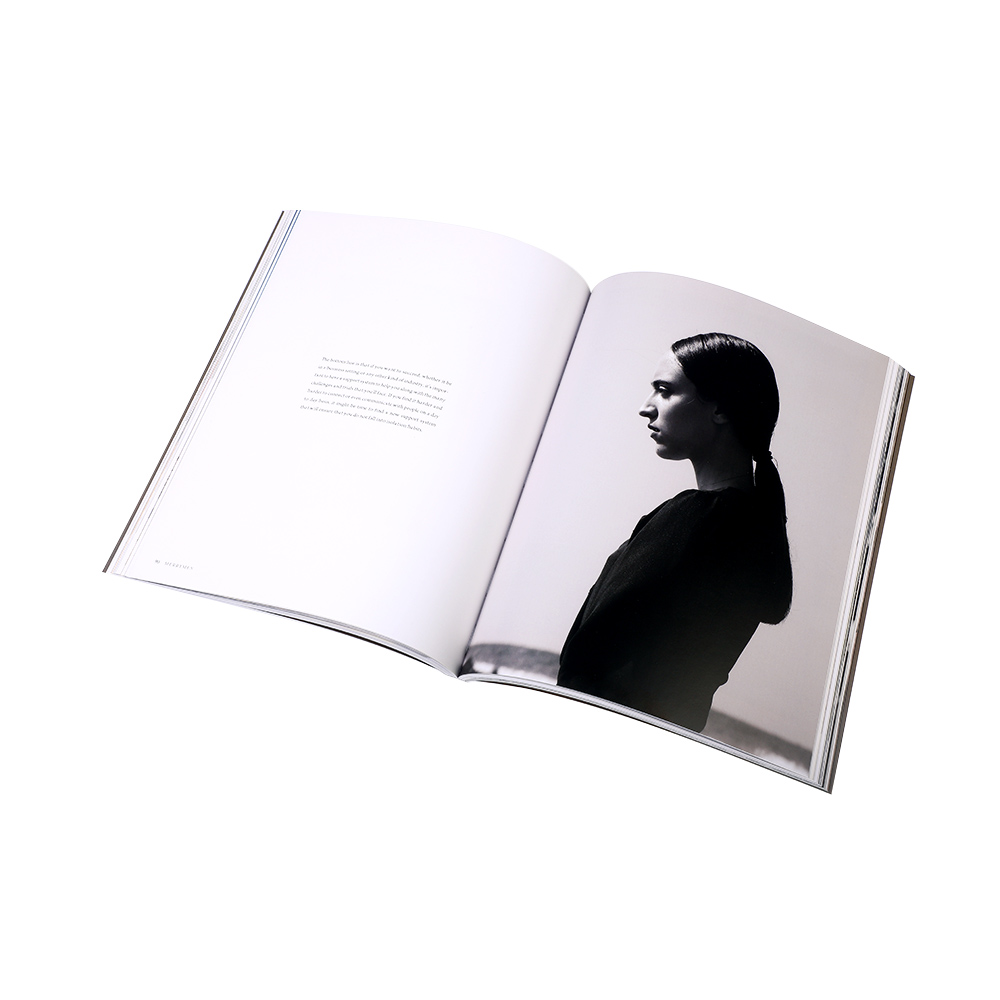چرا برخی از نسخه های گالینگور بسیار ارزان تر از نسخه های شومیز هستند؟
قیمت گذاری کتاب ها همیشه موضوعی پیچیده و گاه گیج کننده برای خوانندگان بوده است. در حالی که کتابهای جلد گالینگور بهدلیل مواد محکم و هزینههای تولید بالاتر بهطور سنتی گرانتر در نظر گرفته میشوند، مواردی وجود دارد که نسخههای گالینگور قیمت بسیار پایینتری نسبت به نسخههای جلد شومیز خود دارند. این ناهنجاری قیمتگذاری میتواند خوانندگان را سردرگم کند، بهویژه زمانی که به نظر میرسد که یک جلد گالینگور – معمولاً یک نسخه ممتاز – ممکن است قیمتی کمتر از جلد شومیز داشته باشد. بنابراین، چرا این اتفاق می افتد؟
در این مقاله، دلایل مختلف پشت این پدیده، از جمله استراتژی های بازاریابی، هزینه های تولید، نوسانات تقاضا و تاکتیک های قیمت گذاری خرده فروشی را بررسی خواهیم کرد. با درک این عوامل، میتوانیم بینش عمیقتری در مورد نحوه تعیین قیمت نسخههای جلد گالینگور و جلد شومیز توسط ناشران، خردهفروشان و تولیدکنندگان و اینکه چرا رابطه بین این دو همیشه آنطور که انتظار میرود نیست، به دست آوریم.
فهرست مطالب
مقدمه: معمای قیمت گذاری کتاب
برای خوانندگان مشتاق و خریداران عادی کتاب به طور یکسان، تفاوت قیمت بین نسخه های جلد سخت و جلد شومیز اغلب یک نقطه سردرگمی است. به طور کلی، نسخه های گالینگور با مواد با کیفیت بالاتر تولید می شوند - جلدهای ضخیم تر، صحافی بهتر و اغلب صفحات براق. این عناصر به فرآیند تولید گرانتر کمک میکنند. از سوی دیگر، نسخههای شومیز با مواد ارزانتری ساخته میشوند و به طور کلی به عنوان جایگزینی مقرون به صرفهتر برای نسخههای گالینگور خود دیده میشوند.
با این حال، در برخی موارد، برعکس این اتفاق میافتد: نسخههای جلد گالینگور در نهایت قیمت ارزانتری نسبت به نسخههای کاغذی خود دارند. در حالی که این ممکن است غیر منطقی به نظر برسد، اما در واقع نتیجه چندین عامل مرتبط با استراتژی بازار، اقتصاد تولید و تقاضاهای خاص صنعت کتاب است.
در این مقاله، عوامل کلیدی موثر بر قیمت کتاب را بررسی میکنیم و توضیح میدهیم که چرا برخی نسخههای جلد گالینگور مقرون به صرفهتر از جلد شومیز هستند.
استراتژی بازار: چرا ناشران از قیمت گذاری جلد سخت به نفع خود استفاده می کنند
یکی از دلایل اصلی که ممکن است نسخههای گالینگور قیمت پایینتری نسبت به نسخههای شومیز داشته باشند، به دلیل استراتژی بازاریابی ناشران است. ناشران اغلب از قیمت گذاری جلد گالینگور به عنوان راهی برای جذب خوانندگان، پاک کردن موجودی یا ایجاد سر و صدا در مورد کتاب های جدید استفاده می کنند.
استراتژی پاکسازی:
گاهی اوقات ناشران برای جابجایی سریع موجودی، قیمت نسخه های گالینگور را کمتر می کنند. این ممکن است زمانی اتفاق بیفتد که یک کتاب مدتی است در بازار موجود است و آنها می خواهند فضا را برای عناوین جدیدتر باز کنند. اگر نسخه گالینگور دیگر تقاضای زیادی ندارد، عرضه آن با قیمت پایینتر میتواند خوانندگان را به خرید ترغیب کند، حتی اگر کتاب به اندازه زمانی که اولین بار منتشر شد محبوبیت نداشته باشد.
تشویق عناوین جدید:
در موارد دیگر، ناشران ممکن است برای جلب توجه به نویسندگان یا عناوین جدید، قیمت کتابهای گالینگور را کمتر کنند. قیمت پایینتر میتواند باعث جذابیت بیشتر خریداران برای عرضه جدید شود. با قیمت مناسب نسخه گالینگور، ناشران می توانند خوانندگانی را که در غیر این صورت ممکن است از جلد گالینگور با قیمت کامل دوری کنند، جذب کنند.
هزینههای تولید: چاپهای بزرگ چگونه بر قیمت کتابها تأثیر میگذارند
یکی از مهم ترین عوامل موثر بر قیمت کتاب، هزینه تولید است. در حالی که تولید نسخههای گالینگور به دلیل هزینههای مواد بالاتر، عموماً گرانتر است، تعداد چاپهای بزرگتر میتواند هزینه هر واحد را بهطور قابلتوجهی کاهش دهد، و آنها را ارزانتر از نسخههای چاپی محدود نسخههای شومیز میکند.
صرفه جویی در مقیاس:
وقتی یک ناشر تعداد زیادی کتاب با جلد گالینگور سفارش می دهد، هزینه هر واحد کاهش می یابد زیرا هزینه های ثابت (مانند راه اندازی، چاپ و صحافی) در تعداد بیشتری از کتاب ها توزیع می شود. اگر کتابی به صورت عمده تولید شود، ناشران می توانند آن را با قیمت کمتری بفروشند، حتی اگر جلد گالینگور باشد.
تعداد محدود چاپ برای جلد شومیز:
در مقابل، نسخههای شومیز اغلب تیراژهای کوچکتری دارند، مخصوصاً برای کتابهای خاص یا نسخههای محدود. با تولید نسخه های کمتر، هزینه هر واحد بالاتر باقی می ماند. این میتواند قیمت جلد شومیز را بالا ببرد، حتی اگر از نظر فنی یک نوع کتاب ارزانتر در مقایسه با جلد سخت باشد.
تقاضا و محبوبیت: نقش عرضه و تقاضا در قیمت گذاری کتاب
قانون عرضه و تقاضا نقش تعیین کننده ای در تعیین قیمت کتاب دارد. اگر تقاضا برای نسخه شومیز کتاب بیشتر از جلد گالینگور باشد، ناشر ممکن است قیمت جلد شومیز را افزایش دهد تا از تقاضای بالا درآمد بیشتری کسب کند. از طرف دیگر، اگر نسخه گالینگور فروش خوبی نداشته باشد، ناشر ممکن است جلد گالینگور را تخفیف دهد تا برای مصرف کنندگان جذاب تر شود.
تقاضای بازار:
اگر کتابی پرفروش باشد، ممکن است خرده فروشان تخفیف کمتری برای نسخه شومیز ارائه دهند، به خصوص اگر تقاضا زیاد باشد. این امر می تواند منجر به افزایش قیمت جلد شومیز شود. برای نسخههای جلد گالینگور، بهویژه برای عناوین قدیمیتر، ممکن است برای کمک به حفظ فروش و جلوگیری از انباشت موجودی، تخفیفهایی ارائه شود.
استراتژی های قیمت گذاری خرده فروشی: تأثیر کتابفروشی ها بر قیمت گذاری
خرده فروشان، چه آنلاین و چه آجر و ملات، تأثیر قابل توجهی بر قیمت نهایی کتاب دارند. استراتژی های قیمت گذاری خرده فروشی بسته به کتاب، فصل و اهداف تبلیغاتی خرده فروش می تواند بسیار متفاوت باشد.
تخفیف جلد گالینگور:
خرده فروشان اغلب نسخه های گالینگور را با شدت بیشتری تخفیف می دهند تا مشتریان را به فروشگاه ها یا پلتفرم های آنلاین خود بکشانند. به عنوان مثال، در طول فصل تعطیلات یا تبلیغات ویژه، فروشگاه ها ممکن است نسخه های گالینگور را با تخفیف قابل توجهی برای افزایش ترافیک و افزایش حجم فروش ارائه دهند.
تطبیق و بسته بندی قیمت:
خردهفروشان همچنین ممکن است از استراتژیهای تطبیق قیمت استفاده کنند، جایی که قیمت جلد گالینگور را برای رقابت با نسخههای شومیز در سایتهای رقیب کاهش میدهند. علاوه بر این، کتابفروشیها ممکن است جلد گالینگور را با محصولات دیگری، مانند کالاهای انحصاری یا نسخه امضا شده، همراه کنند و این معامله را جذابتر به نظر میرساند.
تبلیغات و فروش: چگونه معاملات موقت می توانند قیمت ها را تغییر دهند
یکی دیگر از دلایلی که ممکن است برخی از نسخه های گالینگور ارزان تر از جلد شومیز باشد، استفاده از قیمت گذاری تبلیغاتی است. ناشران و خردهفروشان معمولاً در رویدادهای فروش ویژه، مانند جمعه سیاه یا فروش کتابفروشی، بر روی برخی کتابها، از جمله جلد گالینگور، تخفیف میدهند.
کاهش موقت قیمت:
برخی از نسخههای جلد گالینگور ممکن است موقتاً تخفیف داده شوند تا سر و صدا ایجاد کنند یا خوانندگان را تشویق به خرید کنند. این تخفیفهای تبلیغاتی میتواند جلد گالینگور را مقرون به صرفهتر از جلد شومیز کند، حتی اگر نسخه دوم معمولاً گزینه ارزانتری در نظر گرفته شود. چنین تبلیغاتی را می توان برای پاک کردن سهام قدیمی تر یا تبلیغ نسخه جدیدی که هنوز به محبوبیت گسترده ای نرسیده است استفاده کرد.
تفاوتهای فرمت: وقتی نسخههای ویژه نقش بازی میکنند
در موارد خاص، جلدهای گالینگور نسخه ویژه - مانند نسخه های مصور، نسخه های سالگرد یا اقلام کلکسیونر - ممکن است قیمت پایین تری نسبت به جلد شومیز استاندارد داشته باشند. اگر ارزش درک شده از نسخه ویژه به دلیل تصمیمات بازاریابی یا محدودیت های تولید در مقایسه با نسخه کاغذی معمولی بالا نباشد، می تواند اتفاق بیفتد.
نسخه های ویژه و قیمت آنها:
به عنوان مثال، جلد گالینگور با نسخه محدود ممکن است ویژگیهایی مانند آثار هنری اضافی یا جلد سفارشی داشته باشد، که ممکن است ناشر را به قیمت رقابتیتر برای جذب مجموعهداران یا مخاطبان خاص سوق دهد. اگر نسخه شومیز دارای قالب بندی و ویژگی های رایج تر و سنتی باشد، می تواند قیمت بالاتری داشته باشد، حتی اگر تولید جلد گالینگور هزینه بیشتری داشته باشد.
چرا قیمت گذاری پویا برای عناوین قدیمی تغییر می کند؟
عناوین قدیمیتر، بهویژه آنهایی که برای مدتی در گردش بودهاند، ممکن است به دلیل محبوبیت یا در دسترس بودن محدود، تغییر قیمت داشته باشند. ناشران اغلب قیمت ها را بر اساس موجودی باقیمانده عنوان یا برای سرمایه گذاری بر تقاضای فعلی تنظیم می کنند.
نسخه های خارج از چاپ:
وقتی نسخه گالینگور تمام شود و فقط چند نسخه از آن باقی بماند، به دلیل کمیاب بودن ممکن است قیمت آن افزایش یابد. با این حال، اگر ناشر هنوز موجودی جلد گالینگور را داشته باشد، ممکن است قیمت آن را کاهش دهد تا سریع آن را بفروشد و فضایی برای نسخههای جدید ایجاد کند. در همین حال، جلد شومیز ممکن است به دلیل تقاضای مداوم یا محدودیت در دسترس بودن، قیمت بالاتری داشته باشد.
نقش نسخه های گالینگور در فروش طولانی مدت کتاب
نسخه های گالینگور اغلب قبل از نسخه های شومیز منتشر می شوند، مخصوصاً برای عناوین جدید و مورد انتظار. آنها برای پاسخگویی به یک بازار خاص طراحی شده اند - یعنی کلکسیونرها و پذیرندگان اولیه - که مایل به پرداخت حق بیمه برای نسخه اول هستند.
با این حال، هنگامی که هجو اولیه از بین رفت، نسخه های گالینگور ممکن است در تلاش برای جابجایی موجودی فروخته نشده یا ایجاد قیمت رقابتی تر در مقایسه با نسخه کاغذی، که ممکن است اکنون تقاضای بیشتری داشته باشد، قیمت کمتری داشته باشند.
نتیجه گیری: درک رابطه قیمت بین نسخه های گالینگور و شومیز
در حالی که تولید نسخههای جلد گالینگور عموماً گرانتر است، به دلیل تصمیمات استراتژیک ناشران، خردهفروشان و تولیدکنندگان، قیمتگذاری آنها میتواند گاهی کمتر از نسخههای جلد شومیز باشد. عواملی مانند استراتژی بازار، صرفهجویی در مقیاس تولید، نوسانات تقاضا، و تخفیفهای تبلیغاتی همگی در این پویایی قیمتگذاری نقش دارند. با درک این عوامل، خوانندگان می توانند بهتر در دنیای گاه گیج کننده قیمت کتاب حرکت کنند و تصمیمات آگاهانه تری برای خرید بگیرند.
سوالات متداول
Q1. چرا کتابهای جلد گالینگور گاهی ارزانتر از نسخههای شومیز هستند؟
A1: نسخههای جلد سخت به دلیل عواملی مانند قیمتهای تبلیغاتی، چاپهای بزرگ که هزینههای تولید را کاهش میدهند و تخفیفهای خردهفروشی میتوانند ارزانتر از نسخههای شومیز باشند. ناشران همچنین ممکن است برای تشویق فروش یا پاک کردن موجودی، جلد گالینگور را کمتر قیمت گذاری کنند.
س 2: آیا تولید کتاب های گالینگور همیشه گران تر از جلد شومیز است؟
A2: به طور کلی، بله. کتابهای گالینگور به دلیل مواد و صحافی، هزینه تولید بالاتری دارند. با این حال، اگر یک کتاب جلد گالینگور در مقادیر زیاد تولید شود، هزینه هر واحد کاهش مییابد و فروش آن را با قیمت پایینتری نسبت به جلد شومیز مقرون به صرفهتر میکند.
س3: ناشران چگونه قیمت جلد گالینگور در مقابل جلد شومیز را تعیین می کنند؟
A3: ناشران هنگام قیمت گذاری کتاب ها عوامل مختلفی از جمله هزینه های تولید، تقاضای بازار، استراتژی های تبلیغاتی و قیمت گذاری خرده فروش را در نظر می گیرند. نسخه های گالینگور ممکن است در برخی موارد قیمت پایین تری داشته باشند تا خریداران را جذب کنند، موجودی را پاک کنند یا با جلدهای کاغذی پرتقاضا رقابت کنند.
چاپ کتاب
محصولات جدید
آخرین وبلاگ

ارزان ترین شرکت چاپ بر اساس تقاضا چیست؟
فناوری چاپ بر حسب تقاضا (POD) صنعت نشر را متحول کرده است و نویسندگان مستقلی را ارائه می دهد

حفظ خاطرات و نمایش آثار با چاپ کتاب عکس با کیفیت
اگر به دنبال خودنشر هستید، یکی از دغدغه های اصلی شما یافتن گزینه های اقتصادی برای چاپ کتاب است.

نکات خوب کتاب های چاپی چیست؟
هنگام ایجاد یک کتاب کودکان، هر عنصر مهم است - به خصوص انتخاب کاغذ. انتخاب نوع کاغذ مناسب می تواند ظاهر یک کتاب را بالا ببرد،

هزینه چاپ کتاب چقدر است
شروع به سفر خودنشر کتاب هم هیجان انگیز و هم چالش برانگیز است. به عنوان یک کارخانه چاپ کتاب،
تماس با ما
- +86 13946584521
- info@booksprinting.net
- 8:00 - 22:00 (دوشنبه - یکشنبه)
نظرات
وبلاگ مرتبط
جدیدترین گرایش ها و دانش رایج در زمینه چاپ کتاب را بیابید.

راهنمای نهایی کتابهای مارپیچی: چرا آنها برای نیازهای تجاری شما عالی هستند
کتابهای مارپیچی یک انتخاب محبوب برای کسانی است که میخواهند اسناد خود را مرتب، در دسترس و حرفهای نگه دارند.

چاپ رمان با جلد گالینگور چه فوایدی دارد
در همان ابتدای سفر خود به عنوان یک نویسنده یا ناشر، احتمالاً تصمیمات متعددی در مورد طراحی، تولید و ارائه کارتان غرق خواهید شد.

چه نوع کاغذی برای چاپ کتاب استفاده می شود؟
اگر به دنبال خودنشر هستید، یکی از دغدغه های اصلی شما یافتن گزینه های اقتصادی برای چاپ کتاب است.

هزینه ساخت یک کتاب عکس چقدر است؟
ایجاد یک کتاب عکس یک راه ایده آل برای حفظ خاطرات، جشن گرفتن نقاط عطف زندگی، یا حتی ارائه یک هدیه منحصر به فرد به شخص خاص است. با این حال، بسیاری از مردم از خود می پرسند: *"هزینه ساخت یک کتاب عکس چقدر است؟"* هزینه ایجاد یک کتاب عکس با کیفیت بالا بسته به عوامل مختلف می تواند به طور قابل توجهی متفاوت باشد.





